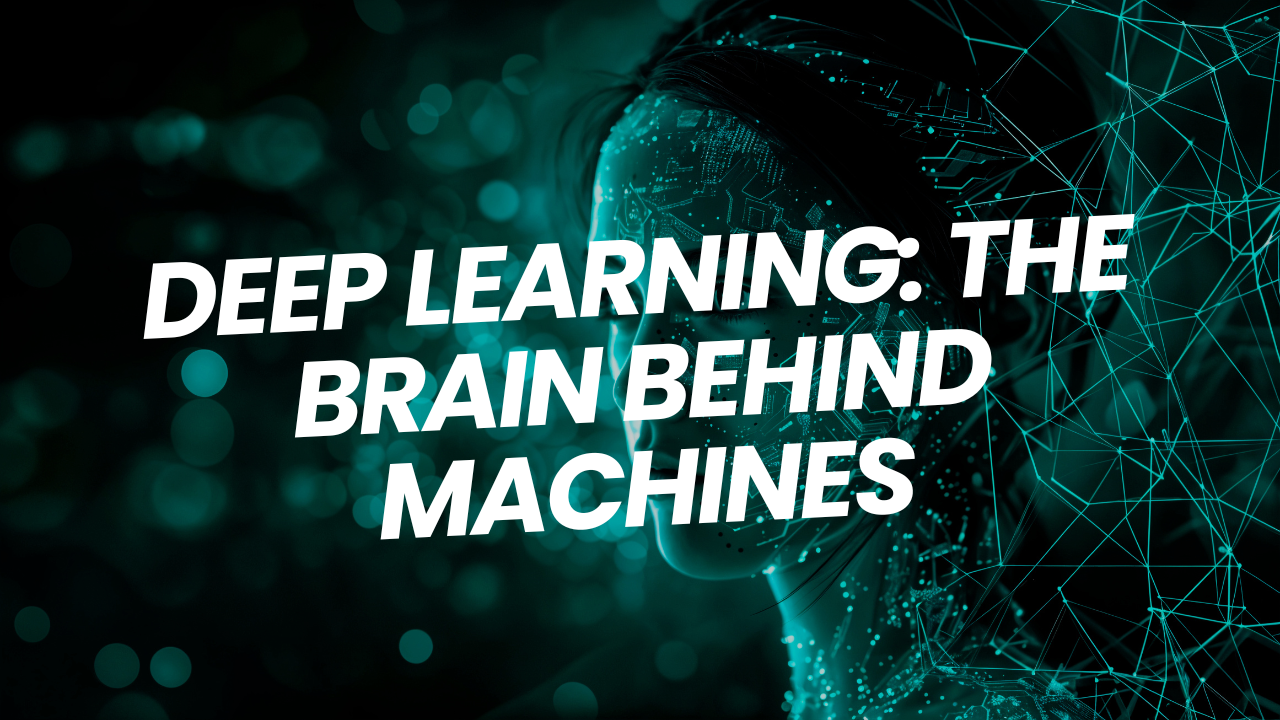Deep Learning: The Brain Behind Machines
What Is Deep Learning, Really?
Imagine teaching a child to recognize a cat. You don’t give it a step-by-step manual.
You just show it lots of cats — until the child’s brain builds a pattern.
That’s Deep Learning.
A branch of AI where machines learn from data like humans do — through layers, patterns, and experiences.
It’s not programming.
It’s training.
Why It Feels Like Magic
Deep Learning powers:
-
Netflix recommendations that guess your mood
-
Google Translate that understands context
-
Chatbots that sound eerily human
-
Self-driving cars that “see” the road
-
AI artists that create music, art, and even poems
But here's the plot twist:
The machine doesn’t know what it knows. It just predicts.
And sometimes… it’s terrifyingly accurate.
The Power (and Problem) of Deep Learning
-
It doesn’t sleep. It doesn’t forget.
It keeps getting better with more data. -
It’s not explainable.
Even scientists call it a “black box.” It gives answers, but can’t always tell why. -
It can reinforce bias.
If your data is flawed, your AI becomes dangerously flawed. -
It’s making decisions that used to need a human heart.
Who gets a loan? Who gets hired? Who gets flagged at an airport? Deep Learning is influencing all of it.
So, Are We in Control?
The reality is — Deep Learning is only as good as the data and intent behind it.
And while it can write poetry and drive cars today…
Tomorrow, it might be writing laws. Or controlling weapons. Or deciding truth.
That’s not sci-fi.
That’s already testing grounds in some parts of the world.
Where India Stands in the Deep Learning Race
-
India produces 1.5 million engineers every year.
But how many truly understand DL beyond code snippets? -
Startups are exploring DL, but IP protection is weak (hello, patent thieves).
Plus, ethical boundaries? Still blurry. -
Academic research is strong, but often lacks real-world integration.
We have the brains.
But do we have the vision?
What the Future Looks Like:
-
Doctors assisted by DL-powered diagnosis tools
-
Farms managed by AI predicting rainfall and soil patterns
-
Teachers supported by personalized learning models
-
Lawyers getting legal briefs from Deep Learning bots
It’s not about AI replacing humans.
It’s about humans evolving with AI.
Final Words:
Deep Learning isn’t a trend.
It’s a technological awakening.
But if we don’t shape it with ethics, intent, and innovation,
it might just shape us — in ways we never expected.








